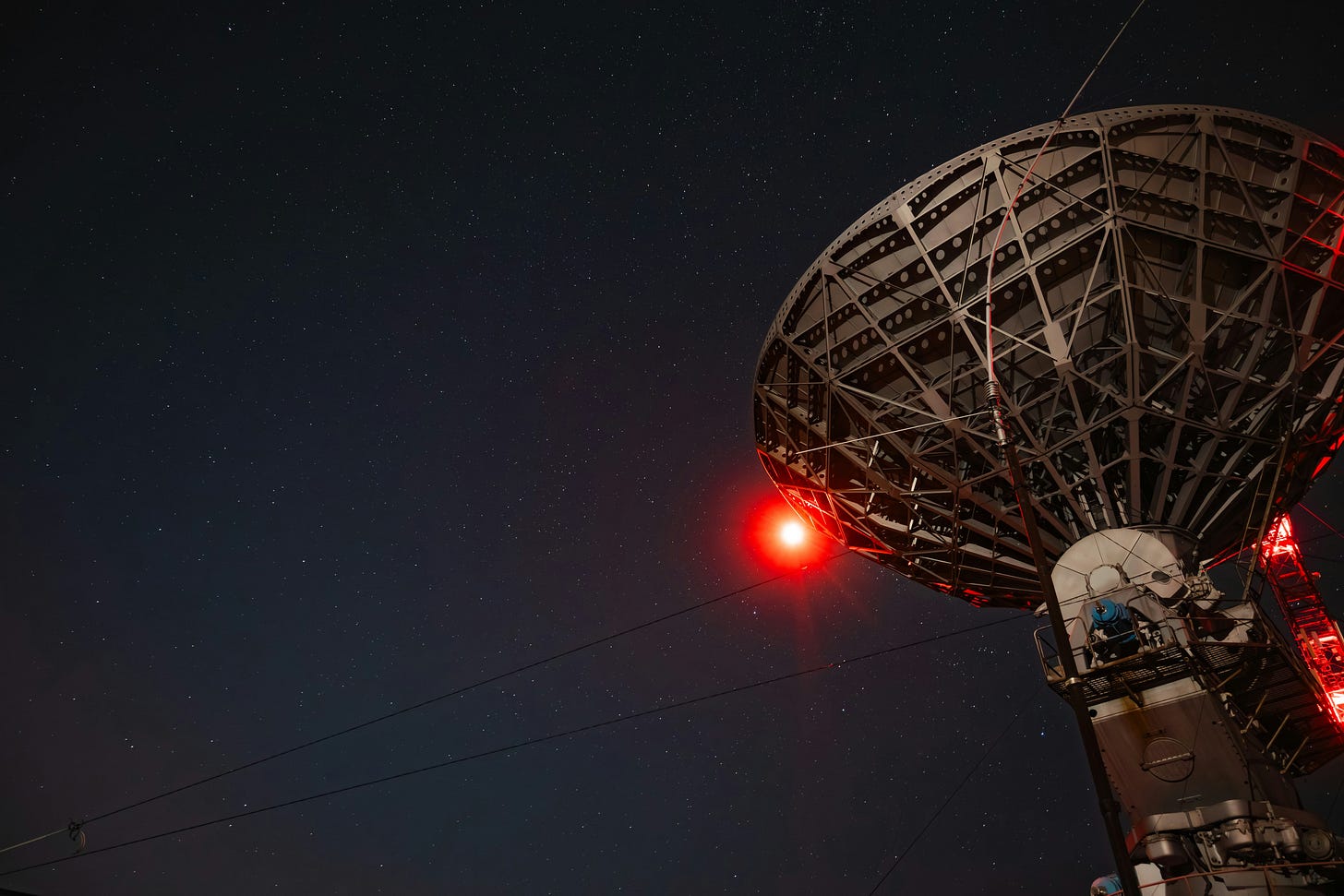Internet from Above: Satellite Meets Ground
Satellite internet's role in conflict, crisis, and connectivity
As humanity's hunger for internet grew, so did our ground-based network infrastructure. We have more cell sites, fibre optic networks, and undersea internet cables than ever before. If you visualise this network across the world, it would look similar to the nervous system in the human body. Even in principle, ground-based internet networks are just as critical. The internet has become the de facto medium of real-time information transmission globally.
Where ground internet falls short
In the absence of alternatives, when the ground-based networks fail, the digital economy can grind to a halt. This is evident in various situations.
Far-flung, sparsely populated regions
Ground-based networks need local physical infrastructure. Every cell site needs to be connected to the broader internet backhaul via cables or microwave antennas. If you want to bring internet to a previously unconnected town, you need substantial capital investments. Cost-benefit calculations favour densely populated cities. They do not favour sparsely populated, remote regions. This is one of the main reasons for the digital divide, with remote and often underdeveloped regions simply lacking affordable internet connectivity.
Transient locations
This limitation also applies for temporary sites, such as short-term settlements and construction zones. Setting up of ground-based networks in these locations will take considerable time and does not make commercial sense for a temporary use case.
Disasters and emergencies
Cell towers are highly vulnerable during cyclones, floods, landslides and earthquakes. As a result, internet services go down when they are most needed.
Network overruns
Even when the infrastructure is unaffected, disasters and other emergencies trigger a sharp surge in usage as people try to reach their loved ones. The ground-based internet networks are designed for an average traffic levels. The resulting network congestion can disrupt internet services.
Cue satellite internet
It is in circumstances such as these that satellite internet excels in. Satellite internet is inherently global in its coverage. It is just as available in remote, sparsely populated regions as it is in urban centres. Also, these services are frictionless and allow for rapid deployment given their plug-and-play nature. This makes it ideal for digital nomads, travellers needing in-flight connectivity and temporary construction sites.
When Hurricane Harvey hit the Texas coast in 2017, more than 70% of the cell towers were disabled. Over two lakh households lost internet connectivity. Emergency response and relief efforts were carried out using Viasat's satellite internet services. Satellite internet has also proven indispensable in the Russia-Ukraine war. It is often used in geographically isolated conflict zones, including by the Indian army at the Siachen Glacier.
There are also instances where states have been unable to regulate its proliferation and use. Indian security forces seized satellite internet devices from militant groups in Manipur, close to the border. In another such incident, starlink devices were confiscated during a drug bust in the Andaman Sea, highlighting illegal use.
Internet shutdowns around the world are less effective today thanks to satellite internet. Myanmar civil war features large-scale terrestrial internet shutdowns. People are using Starlink dishes smuggled across the border from Thailand. Tellingly, Starlink is not legally available in either country.
A similar dynamic unfolded in war-torn Sudan. Network operators were shut down and the people turned to Starlink to remain connected to the rest of the world. Bolivians have likewise used Starlink, despite its ban, to overcome spotty internet from poor terrestrial infrastructure.
We are likely just beginning to see the various ways that satellite internet will be used. It presents significant opportunities alongside the considerable risks. At the national level, control over satellite internet infrastructure will translate to strategic advantages and therefore adds to the national power and influence.




I know it's too early to discuss the signal strength of the satellite internet. But it’d be interesting to see how signal strength plays out across different consumers, geographies, terrains, etc.
Right now, poor mobile connectivity in densely populated areas is less about infrastructure gaps and more about the sheer load on networks, interference from countless wireless devices, and buildings that choke signal reach.